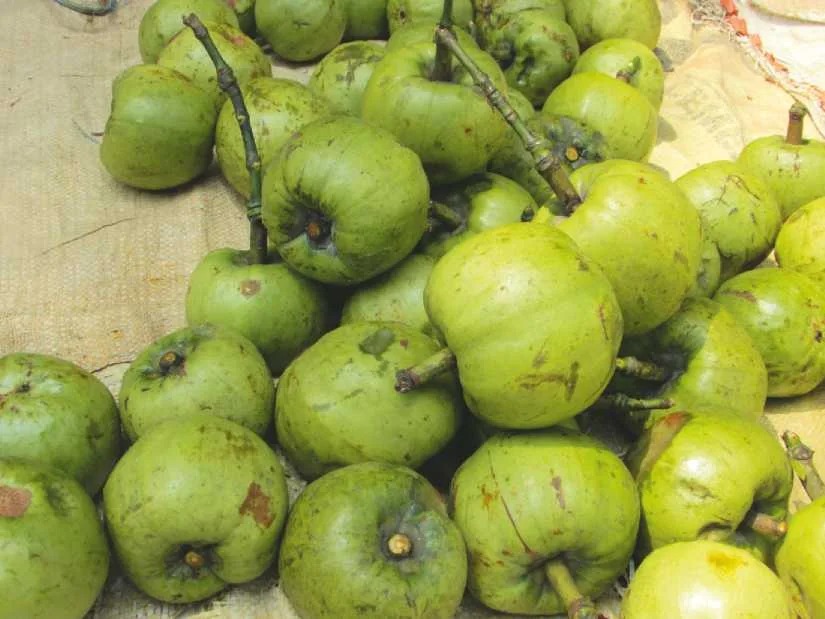

Garcinia pedunculata is a rich source of antioxidants but its cardioprotective potential was not known earlier
Garcinia pedunculata, a medicinal plant commonly called ‘Borthekera’ in the Assamese language, traditionally forbidden for raw consumption, has been found to protect from heart diseases. Administration of the dried pulp of the ripe fruit of the medicinal plant reduced cardiac hypertrophy indicators and oxidative stress and heart inflammation brought on by ISO.
The sun-dried slices of the ripe fruit are used for culinary and medicinal purposes and are known to have therapeutic properties like anti-inflammatory, anthelmintic, antibacterial, antifungal, antidiabetic, hypolipidemic, nephroprotective, and even neuroprotective activity. With scientific interventions seeking proof of these claims, multiple studies have been reported that G. pedunculata is a rich source of antioxidants. However, the cardioprotective potential has yet to be explored earlier.
Scientists of the Institute of Advanced Study in Science and Technology (IASST), an autonomous institute of the Department of Science and Technology (DST), explored this medicinal plant’s potential to prevent heart diseases. A double dosage of bioactive chloroform fraction (GC) of the herb was fed to Wistar rats at 24-hour intervals (85mg/kg body weight (BW) for 28 days.
To assess the therapeutic effect, this was followed by injection of isoproterenol following the isoproterenol-induced myocardial infarction model. All the animals were analyzed, revealing that the disease group had significant ST wave (ST is the segment representing the interval between depolarization and repolarization of the heart’s ventricles) elevation, indicating myocardial infarction, which was normalized with Atenolol and GC treatment. Cardiac hypertrophy, cardiac troponin I, tissue lipid peroxidation, and serum inflammatory markers were all significantly elevated in the disease group, which were maintained at near-normal levels in the GC pretreated groups. The endogenous antioxidants were also revamped in the GC-treated groups.
Swarnali Bhattacharjee, SRF, under the supervision of Dr. Rajlakshmi Devi, have attributed these improvements to the excellent antioxidant and anti-inflammatory potential of GC that helped protect the heart against isoproterenol-induced injury.
Moreover, the chemical characterization of the chloroform fraction revealed the presence of active phytocompounds like hydroxycitric acid, hydroxycitric acid lactone, and parvifoliquinone along with compounds like GB-1a, Garcinone A, 9-Hydroxycalabaxanthone, Chlorogenic acid, and Garcinol as well. The therapeutic effects reported in this study are likely due to the presence of all these compounds. All these results strongly infer the good cardioprotective potential of G. pedunculata fruit abundantly available in Northeast India.
India's coal imports fell by 7.9 per cent, totalling 243.62 million tonnes (MT), compared to…
At least 88 illegal Bangladeshi migrants have been traced and detained by teams of South…
Japan has accused China of conducting maritime scientific research without prior notification within its exclusive…
Indian businesses are aiming exports to the tune of USD 1 trillion in the current…
Border Security Force (BSF's) Assistant Commandant Neha Bhandari commanded a forward post along the International…
The French Ambassador for the Ocean and French President's Special Envoy for the United Nations…